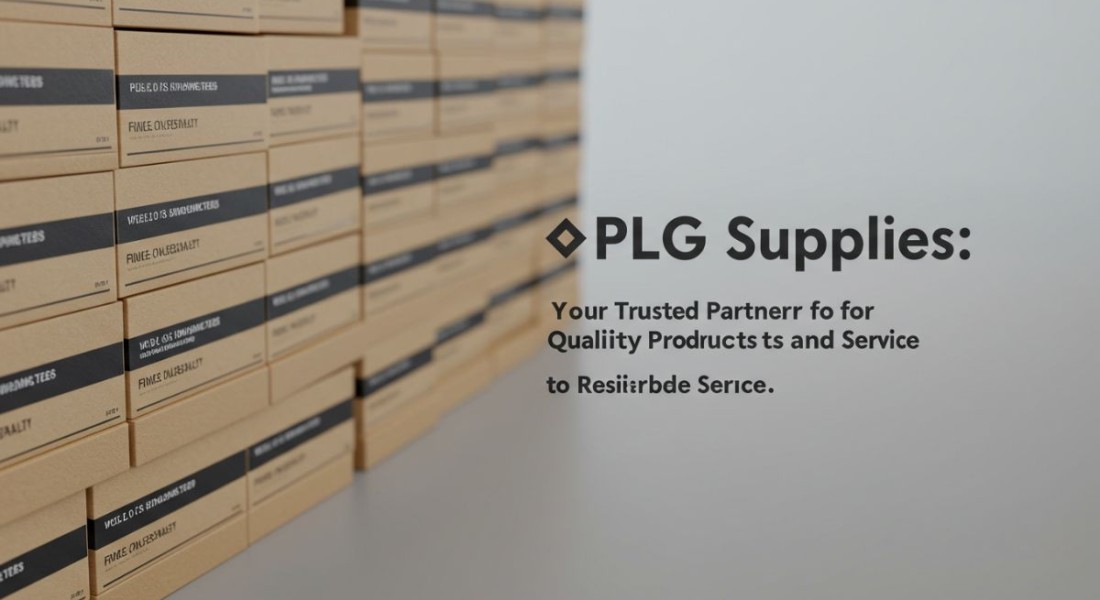In today’s fast-paced digital world, Product-Led Growth (PLG) has emerged as one of the most effective strategies for scaling software and SaaS companies. Instead of relying solely on sales or marketing teams, PLG focuses on letting the product itself drive customer acquisition, retention, and expansion. But to truly leverage the power of PLG, businesses need the right tools, resources, and frameworks — collectively known as PLG supplies.
PLG supplies are not just software tools; they represent the ecosystem that empowers product-driven companies to analyze data, engage users, gather feedback, and deliver seamless onboarding experiences. These supplies form the foundation that helps teams understand user behavior, reduce churn, and increase lifetime value.
Whether you’re a startup looking to scale or an established business aiming to modernize your growth strategy, understanding and leveraging PLG supplies can be a game-changer. In this comprehensive guide, we’ll dive deep into what PLG supplies are, why they’re essential, and how to build your perfect PLG stack.
2. Understanding Product-Led Growth (PLG)
Product-Led Growth (PLG) is a go-to-market strategy that uses the product itself as the main driver for customer acquisition, expansion, and retention. Instead of traditional methods like aggressive sales pitches or expensive marketing campaigns, PLG lets users experience value upfront — often through free trials, freemium models, or self-service onboarding.
In simple terms, PLG is about “show, don’t tell.” Companies adopting PLG let their product’s usability and effectiveness do the talking. The strategy hinges on delivering exceptional user experiences that convert users into paying customers naturally.
The core principles of PLG include:
- User-Centric Design: The product is built to provide immediate value.
- Frictionless Onboarding: Users can explore and benefit without barriers.
- Data-Driven Decisions: Product usage data guides development and marketing efforts.
- Virality: Users organically promote the product due to its value and simplicity.
By leveraging the right PLG supplies — such as analytics tools, user onboarding software, and feedback systems — businesses can continuously optimize their product experience and accelerate growth.
3. Why PLG Supplies Matter
The success of any PLG strategy depends on how well a company uses its PLG supplies. These supplies encompass software tools, frameworks, and data systems that help businesses measure user engagement, automate onboarding, and collect feedback efficiently.
Here’s why PLG supplies matter:
- Enhance Product Insights: Tools like Mixpanel or Amplitude provide in-depth analytics on user behavior, showing where users drop off or engage most.
- Boost User Activation: Onboarding platforms like Appcues and Userpilot guide new users toward meaningful actions.
- Improve Retention: Feedback systems like Hotjar or Survicate help teams understand user needs and reduce churn.
- Empower Teams: Collaboration tools like Notion and Slack keep product, marketing, and sales teams aligned.
Without proper PLG supplies, businesses often struggle to understand how users interact with their product or which features drive the most value. These insights are essential for optimizing user journeys and achieving sustainable growth.
4. Essential PLG Supplies Every Company Needs
To implement an effective PLG strategy, companies must assemble a toolkit that covers every stage of the user journey — from onboarding to retention. Here are the essential PLG supplies every company should have:
1. Onboarding and User Activation Tools
First impressions matter. Onboarding tools like Userflow, Appcues, and Userpilot make it easy to create guided tours, tooltips, and in-app messages that help users understand your product quickly. These tools reduce friction, improve activation rates, and enhance overall satisfaction.
2. Product Analytics Platforms
Analytics are the backbone of any PLG strategy. Platforms like Amplitude, Heap, and Mixpanel allow companies to track user interactions and identify trends. This data empowers product managers to make informed decisions that lead to higher engagement and retention.
3. Customer Feedback Systems
Listening to your users is key. Tools like Hotjar, Typeform, and Survicate provide insights into what users think about your product. These tools help identify pain points, measure satisfaction, and prioritize improvements.
4. Communication and Collaboration Tools
A successful PLG approach requires strong collaboration between teams. Slack, Notion, and ClickUp enable seamless communication, ensuring that insights from analytics and feedback are translated into actionable strategies.
Collectively, these tools form the core of your PLG supply stack, enabling your business to build, measure, and iterate faster than competitors.
5. Top PLG Tools and Platforms in 2025
As we move into 2025, the PLG landscape continues to evolve, with new technologies enhancing how businesses understand and engage users. Here’s a list of the top PLG tools and platforms leading the charge this year:
| Category | Tool/Platform | Key Features |
|---|---|---|
| Analytics | Mixpanel, Amplitude, Heap | Deep product usage analytics, funnel tracking |
| Onboarding | Userpilot, Appcues, Chameleon | In-app tutorials, personalized onboarding |
| Feedback | Hotjar, Typeform, Survicate | User surveys, heatmaps, feedback widgets |
| Communication | Slack, Notion, Asana | Cross-team collaboration, workflow automation |
| CRM Integration | HubSpot, Intercom | Customer communication and data syncing |
Many top-performing SaaS companies — including Notion, Slack, and Figma — owe part of their success to an effective PLG stack. These tools help teams stay data-driven, user-focused, and agile.



